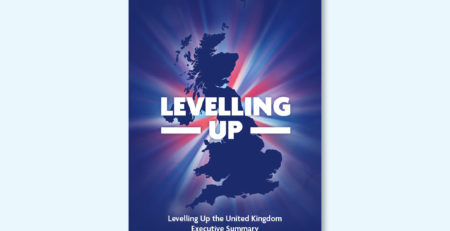Ofcom Release Report on Adult Use of and Attitudes to Media
Ofcom last week published their annual report into adult use, attitudes and understanding of TV, radio, mobile, games, and the internet, with a particular focus on those groups that tend not to participate digitally. The report is based around research conducted in autumn 2015, and any key changes compared to Ofcom’s statistics from 2014.
Whilst the self-reported volume of internet use per week has not changed from 21.6 hours on average, there is a growing tendency to use “digital intermediaries??? such as Facebook, Google, YouTube and Amazon for much activity. There has been a sizeable increase in the proportion of internet users saying they only use websites or apps that they’ve used before (42% vs 31% in 2014), making this usage less varied and more predictable. The report also looks into the ways in which people access different services, and found that 48% of internet users that have streamed a short video using the internet on a weekly basis, almost 10% more than in 2014.
The smartphone is now the device most used for social media, and is the preferred device for the majority of online activities. Newer media devices, like tablets and smartphones, are not only supplementing PCs/laptops, but are now replacing them for some users.
This preference for non-traditional media devices tracks over into digital inclusion where the difference is more marked among new users. This has implications for what is marketed to those who have never been online before.
Of those adults who still do not use the internet (around 13% of all UK adults), they are far more likely to be made up of the over 65’s or from a household with a DE social grade. Whilst this percentage has fallen slightly from 2014, it does appear to have stalled. Although 1 in 10 non-users stated that they were likely to start using the internet regularly in the next year, half stated that they did not see the advantage of being online – despite being prompted with a list of possible benefits.
The report highlighted the gap developing amongst some demographic groups. Whereas 25 years ago all age groups shared just two common means of communication – landlines and letters – the landscape is now considerably more varied as the polarity between different age groups in terms of communications activity increases. There is even a risk that we may at some point see no common means of communications across age groups – something that Ofcom flags as being a risk for social connectivity.
In terms of increasing trust and ability in financial interactions on the internet, eight in ten (82%) internet users say they have bought something online, while 67% say they have banked or paid bills online. These findings tally with the recently published Llyods Bank UK Consumer Digital Index which highlighted that £3.7bn of online savings for consumers could be made if the digitally and financially excluded were to realise online opportunities.




